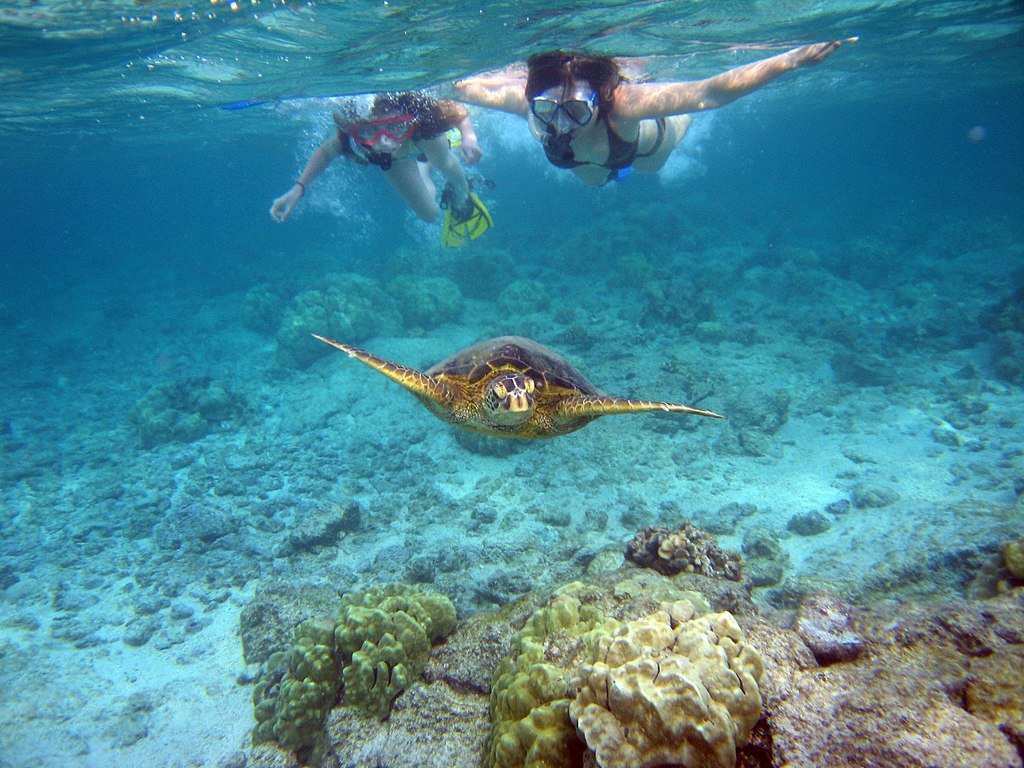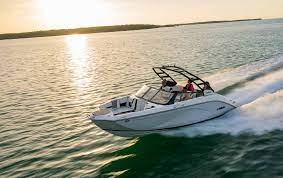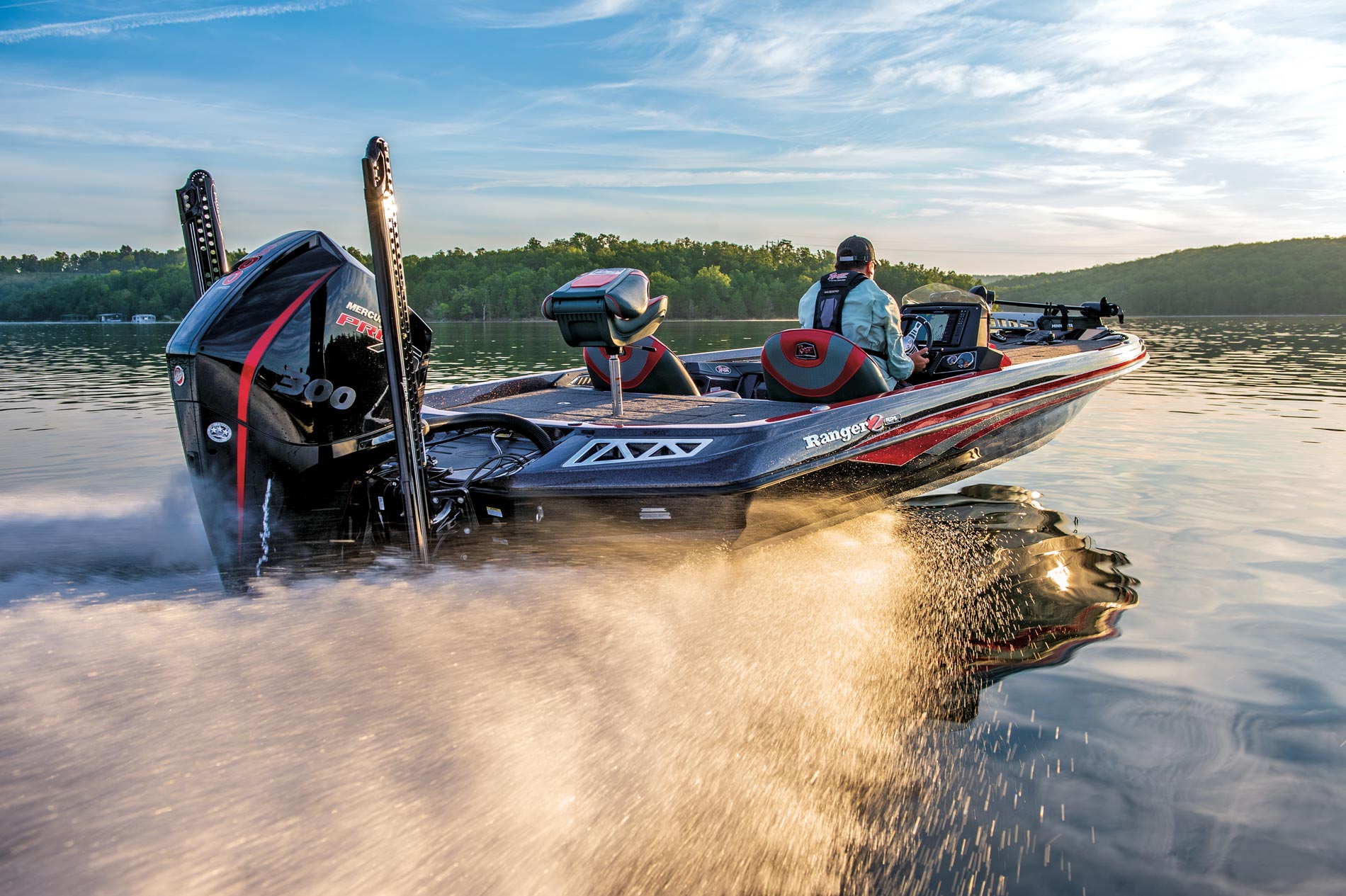Laser Sailboat: Mastering Performance and Techniques for Success
The Laser sailboat is a popular single-handed, one-design sailing dinghy known for its simplicity and performance. Designed by Ian Bruce and Bruce Kirby in 1970, the Laser has become the world's most popular adult and youth sailboat, with over 225,000 boats in 140 countries.

The boat's versatility is a significant contributing factor to its popularity, as it can be customized for different sailors and conditions using three interchangeable rigs of different sail areas.
Laser sailboats offer both beginners and experienced sailors the joy of sailing with their user-friendly design and competitive performance capabilities.
With a strong focus on sustainability, LaserPerformance, the leading producer of Laser sailboats, actively works to minimize the environmental impact of their products through ethical sourcing and manufacturing practices.

Key Takeaways
- Laser sailboats are known for versatility, simplicity, and high-performance capabilities.
- Designed in 1970, they have become the world's most popular sailboat for both adult and youth sailors.
- LaserPerformance is committed to sustainability through ethical sourcing and manufacturing practices.
History and Development
Inception of the Laser Sailboat
The Laser sailboat, an internationally popular one-design class, was conceived in 1969 by Bruce Kirby, a Canadian designer and former Olympian. He aimed to create an innovative design that was simple, affordable, and easy to sail.
The prototype, originally called the "Weekender," was first introduced to the public in 1971 at the New York Boat Show. Its inaugural sail featured the insignia "TGIF," a reference to its early name.
The boat's simplicity and performance attracted sailors of all skill levels, and by the early 1970s, it had become a commercial success.
Laser Class Evolution
The International Laser Class Association (ILCA) was established in response to the growing popularity of this sailboat. The ILCA sought to standardize the Laser's various specifications and ensure consistency across all boats.
One of its key contributions has been the establishment of three interchangeable rigs: Standard, Radial, and 4.7, which cater to different wind strengths and crew weights.
This adaptability has made the Laser more accessible and appealing to a broader range of sailors.
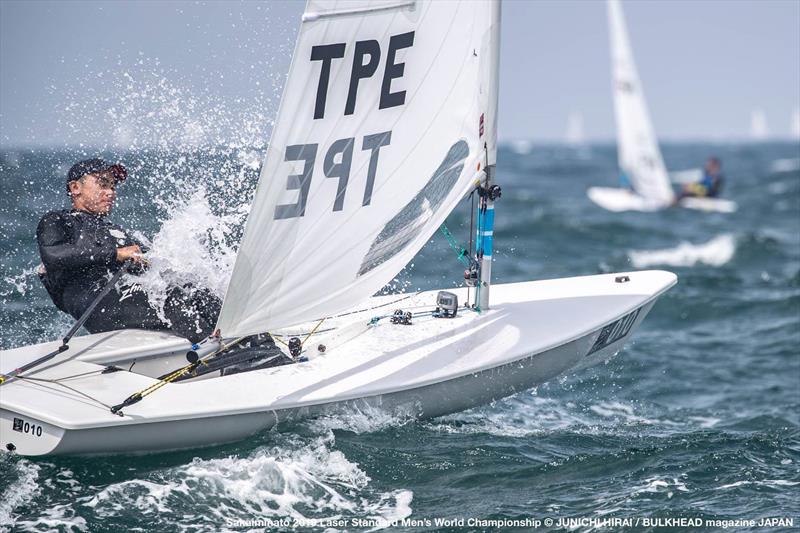
The Laser's rise as an international class was further solidified when it became an Olympic class in 1996. The boat's simplicity, strict one-design nature, and large worldwide fleet have made it a staple of the Olympic sailing program.
Its design has remained relatively unchanged since its inception, with only minor modifications being made to improve performance and durability.
The Laser remains a popular choice for sailors globally, both competitive and recreational. Its unique combination of simplicity, adaptability, and performance has ensured its continued success as a one-design class, and the International Laser Class Association continues to play a crucial role in maintaining the consistency of the boat and promoting the sport of sailing around the world.
Laser Sailboat Specifications
Hull Design and Construction
The Laser sailboat is known for its simplicity and performance which was designed in 1970 by Ian Bruce and Bruce Kirby. The hull design contributes to its stability and speed in the water.
Its construction uses a lightweight hull, ensuring optimal handling for sailors of various skill levels. This sailboat has been designed with durability and stability in mind.
Its materials and construction techniques focus on withstanding the rigors of sailing while maintaining a consistent and smooth ride on the water.
Rigging Variants
There are three interchangeable rigging variants for the Laser sailboat, each offering different sail areas to accommodate sailor weight and wind strength. These variants include:
- Laser 4.7: With a sail area of 4.7 square meters, this rig is suitable for youth and lighter female sailors. It is considered the smallest and most accessible rig for Laser sailing. More information about Laser 4.7.
- Laser Radial: This rig offers a 5.1 square meter sail area, suited for women and lighter sailors seeking a more challenging sail size. Learn about Laser Radial.
- Laser Standard (ILCA 7): The most common and originally designed rig using a 7.1 square meter sail, also known as MK2, features a larger sail area suitable for heavier and more athletic sailors. Details on Laser Standard sail and rig.
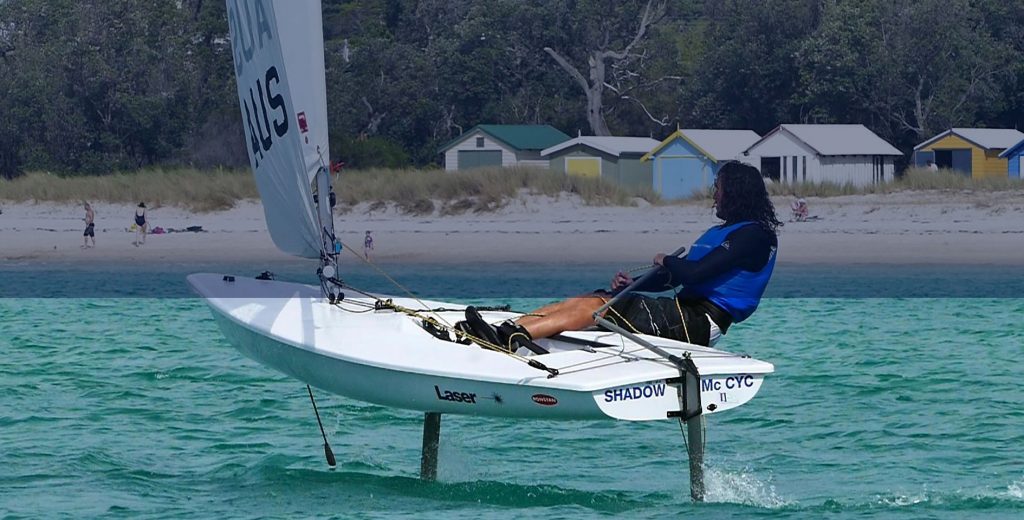
Dimensions and Sail Measurements
The Laser sailboat has specific dimensions and sail measurements which contribute to its design and performance. Here are the key dimensions:
- LOA (Length Overall): 4.2 meters
- LWL (Length at Waterline): 3.81 meters
- Beam: 1.39 meters
- Draft: 0.787 meters
- Weight: Standard 58.97 kg (130 lbs)
The sail measurements for the three different rigging variants are as follows:
| Rig Variant | Sail Area (sqm) |
|---|---|
| Laser 4.7 | 4.7 |
| Laser Radial | 5.1 |
| Laser Standard | 7.1 |
These specifications ensure consistent performance and ease of handling for sailors in various conditions and preferences.
Sailing Dynamics and Performance
Handling and Maneuverability
The Laser sailboat is known for its excellent handling and maneuverability, making it suitable for sailors of all skill levels.
Its simplified rigging and straightforward design allow for easy control and quick response to changes in wind and water conditions.
The Laser's hull weight is only 120 pounds (54.43 kg), contributing to its nimbleness on the water.
Steering the Laser sailboat is mostly dependent on the sailor's body positioning and sail trimming techniques, giving more room for tactical excellence. Due to its responsive nature, the Laser rewards sailors who can make quick adjustments and maintain an optimal sail trim.
Speed and Stability
The Laser sailboat offers a good balance of speed and stability for both recreational and competitive sailing.
Its relatively simple design, combined with a large sail area of 75 square feet (6.97 square meters), enables it to reach impressive speeds for its size while maintaining stability.
Key factors affecting the Laser's speed and stability include:
- Hull design: The Laser's hull is designed to reduce drag and enhance stability, providing a fast and steady sailing experience.
- Sail size and shape: The Laser's sail is optimized for various wind conditions, allowing it to perform well in both light and strong winds.
- Sailor's weight and athleticism: The speed and stability of a Laser sailboat are also influenced by the sailor's weight and athleticism. An optimal weight range for Laser sailors is 140 to 190 pounds (64 to 86 kg), and experienced, athletic sailors can better handle the boat in challenging conditions.
Sailor Interaction
A significant aspect of the Laser sailboat's performance is the level of interaction between the sailor and the boat.
As mentioned earlier, the Laser rewards sailors who possess excellent steering and trimming techniques, as well as a strong sense of tactical awareness.
This interaction allows the Laser to perform at its best under various conditions.
Sailors can further optimize their Laser sailboat's performance by:
- Adjusting the sail's angle and position to match wind conditions
- Proper body positioning and weight distribution
- Adopting efficient upwind and downwind sailing techniques
- Maintaining focus and awareness of wind shifts and changes in water conditions
Types of Laser Sailboats
Laser sailboats are a type of one-design dinghies, which means that they follow strict design and manufacturing rules to ensure all boats in the Laser class are identical.
The versatile laser class is widely popular as they offer different sail and rig sizes, catering to sailors of various ages, weights, and skill levels.
Laser Standard
The Laser Standard, also known as the ILCA 7, is the largest of the three laser rigs. This adult racing class boat features a 7.1 sqm sail, making it suitable for heavier and more athletic sailors.
Laser Radial
The Laser Radial or ILCA 6 has a smaller 5.1 sqm sail. It is specifically tailored to lighter sailors, including women and youth sailors. The Radial's sail allows for better control and easier handling in various wind conditions.
This provides a level playing field for a wide range of sailors in terms of age, weight, and experience level.
Laser 4.7
Lastly, the Laser 4.7 or ILCA 4 features the smallest sail, measuring 4.7 sqm. This rig is designed for young sailors who are new to Laser sailing and need a more manageable sail size. The unique 4.7 lower mast section includes a pre-bend near the boom fitting, which allows the sail to depower more easily.
This provides a more forgiving experience for new and younger sailors.
Each Laser sailboat variant utilizes the same hull design, ensuring that the core sailing experience remains consistent across the board. This enables sailors to transition seamlessly between the different rig sizes as they progress in their sailing abilities.
Competitive Sailing
Racing and Regattas
The Laser sailboat has been a popular choice in the sailing community for competitive racing due to its simplicity and one-design class. The Laser Class Association organizes races and regattas in various formats where sailors adhere to the class rules.
The laser class has three different sail sizes - Laser Standard (ILCA 7), Laser Radial (ILCA 6), and Laser 4.7 (ILCA 4). These cater to sailors of different ages, weights, and abilities to participate in a single class.
These characteristics make the Laser sailboat a widely sought-after option for sailors who are interested in competitive racing 1.
Olympic Presence
The laser class has a strong presence in the Olympics, being recognized as an Olympic class sailing dinghy. Laser Standard (ILCA 7) and Laser Radial (ILCA 6) are the two divisions that have been part of the Olympic Games since 1996 and 2008, respectively.
With its universal appeal and the level playing field it offers to sailors, the laser class has grown significantly in popularity over the years. It has achieved global recognition as a highly competitive sailing class in the Olympic Games.
National and International Championships
Alongside racing, regattas and their Olympic presence, the Laser Class Association also organizes various national and international championships.
Among these events are the ILCA 4 Youth World Championship, scheduled to happen in Viana do Castelo, Portugal, in June 2024 2.
The World Championships typically attract top sailors from different nations, competing for the title of world champion.
A list of major championships for laser sailing includes:
- ILCA 4 Youth World Championship
- ILCA 6 World Championship
- ILCA 7 World Championship
In addition to these flagship events, many national championships are also held regularly by various Laser Class Associations around the world. This fosters the growth of talented sailors and promotes the spirit of competition within the laser sailing community.
Maintenance and Upkeep
Routine Care and Maintenance
Laser sailboats are known for their durability, but regular maintenance is essential to ensure their longevity and maintain resale value.
Inspect the hull and foils for any damage or signs of wear. Also, check the steering systems, such as rudder and tiller, ensuring they are functioning smoothly without any wiggles.
Regularly inspect tiller extension fittings for cracking and signs of potential breakage.
Cleaning your sailboat after each use will help minimize the chance of damage from dirt, salt, and debris. Store sails, lines, and other equipment properly to avoid moisture damage, mold, and mildew growth.
Verifying the functionality of the autobailer should also be a part of the routine maintenance process.
Transport and Storage
Transporting a Laser sailboat can be done with relative ease, as they are lightweight and their compact size allows for cartop transport.
When cartopping your Laser, use appropriate padding and straps to secure the boat without causing damage to the hull, mast, or other components.
As for storage, it is essential to keep your Laser sailboat in a covered and well-ventilated area, preferably on a dolly or custom cradle that supports the gunwales to prevent unnecessary stress on the hull.
Moreover, ensure the mast and other equipment are safely stored alongside the boat.
Periodically inspect the boat during storage to check for any signs of damage, moisture buildup, or rodent infestation.
Laser Sailboat Community and Culture
The Laser sailboat has built a strong sense of community that extends across different countries. This community primarily revolves around clubs, associations, and social and recreational sailing.
Clubs and Associations
A significant part of the Laser sailing community is the involvement in clubs and associations at various levels. The International Laser Class Association (ILCA) is the governing body that brings together Laser sailors from all around the world.
This association is responsible for maintaining the one-design principles, organizing international events, and promoting Laser sailing as a high-quality, competitive sport.
At a local level, numerous clubs are home to passionate Laser sailors. Club racing is a popular form of competition within the community, offering a friendly yet competitive environment for sailors to test their skills.
There are also regional associations supporting the growth of the Laser sailing community in their respective areas.
Example of Laser clubs:
- Family Fun Sailing Club: Focused on promoting sailing for the whole family and organizing social events.
- Weekender Club: Emphasizes weekend gatherings and collaborative sailing initiatives.
- TGIF Racing Club: Prioritizes Friday evening club races for those looking to engage in competitive sailing after work.
Social and Recreational Sailing
The Laser sailboat's appeal extends beyond competitive racing, with many enthusiasts enjoying the boat for its simplicity and versatility in social and recreational sailing.
The Laser community is known for organizing events that cater to various interests and skill levels, ensuring that everyone has a chance to find their niche.
Some common social and recreational sailing events include:
- Casual group sails: Informal gatherings where sailors can share tips, learn from one another, and enjoy sailing in a relaxed and social environment.
- Adventure sails: Excursions to explore new sailing locations or participate in long-distance trips.
- Family fun days: Sailing events focusing on family-oriented activities, making the sport accessible and enjoyable for all ages.
Frequently Asked Questions
What factors determine the price of a Laser sailboat?
When looking for a Laser sailboat, various factors such as brand, condition, materials used, size, and additional features all play a role in determining the price.
A brand-new Laser will typically cost more than its used counterpart. Higher quality materials and improved technology can also increase the price, as well as customizable options and additional accessories.
To find the right Laser sailboat at a competitive price, it's essential to compare offerings from various vendors and take time to evaluate factors like reputation and warranty. Sailing Chandlery provides more information on Laser sailboats and their prices.
What are the essential specifications to look for in a Laser sailboat?
When considering a Laser sailboat, pay attention to details like hull weight, rig size, sail size, and weight capacity, as these will affect the boat's performance and suitability for the intended use.
A standard Laser sailboat generally has a hull weight of 125 lbs or 56.7 kg, with different sail sizes available, such as ILCA 4 (Laser 4.7), ILCA 6 (Laser Radial), and ILCA 7 (Laser Standard).
Each sail size is designed for sailors within specific weight ranges, providing the best performance and stability.
How can I find a reputable vendor for Laser sailboat kits?
To find a reputable vendor for Laser sailboat kits, research different suppliers, seek recommendations from fellow sailors, and read reviews from previous customers.
Online platforms like West Coast Sailing offer resources and information on Laser sailboats, including detailed guides, FAQs, and where to find quality suppliers.
What is the recommended weight capacity of a standard Laser sailboat?
The recommended weight capacity for a Laser sailboat varies depending on the rig size.
The ILCA 6 (Laser Radial) is suitable for sailors between 60 kg and 75 kg, while the ILCA 7 (Laser Standard) is better suited for sailors weighing 75 kg to over 90 kg.
The ILCA 4 (Laser 4.7) is designed for younger and lighter sailors. When choosing a Laser sailboat, ensure that the rig size matches the intended user's weight range for optimal performance.
What are the characteristics that define the best Laser sailboats on the market?
The best Laser sailboats on the market offer a combination of durability, performance, and ease of use.
Look for models with robust construction. They are made from high-quality materials to withstand harsh sailing conditions.
Additionally, seek sailboats with easy-to-use rigging systems and low-maintenance designs.
Also, make sure they have support from reputable manufacturers. This ensures they meet strict class specifications.
Is sailing a Laser suitable for beginners and what are the challenges involved?
Sailing a Laser is generally suitable for beginners. These boats are known for their simplicity, ease of use, and responsive handling. However, beginners should be prepared for some challenges.
These challenges include mastering the correct body positioning and balance or adjusting to different wind and weather conditions. It's essential for new Laser sailors to familiarize themselves with the boat's assembly and rigging process and seek guidance from experienced sailors or trainers. This ensures a safe and enjoyable sailing experience.
Charlie is Editor-in-Chief of Sea Magazine




